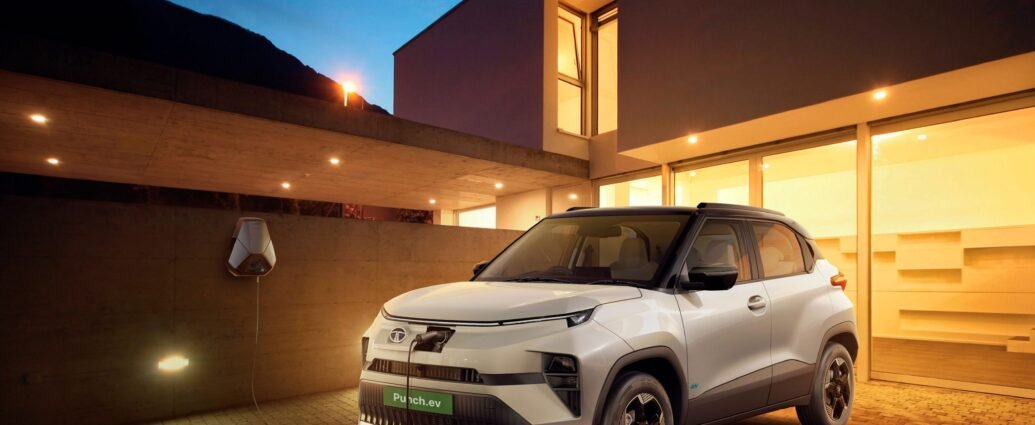Tata Passenger Electric Mobility (TPEM) is at the forefront of the electric vehicle revolution in India. products. They have introduced a new electric vehicle architecture called ‘Acti.ev’ that aims to provide excellent performance, technology, modularity, and space efficiency for their future EV models. The initial vehicle utilizing this architecture, the Punch EV, is a compact SUV that boasts a range of up to 600 km.
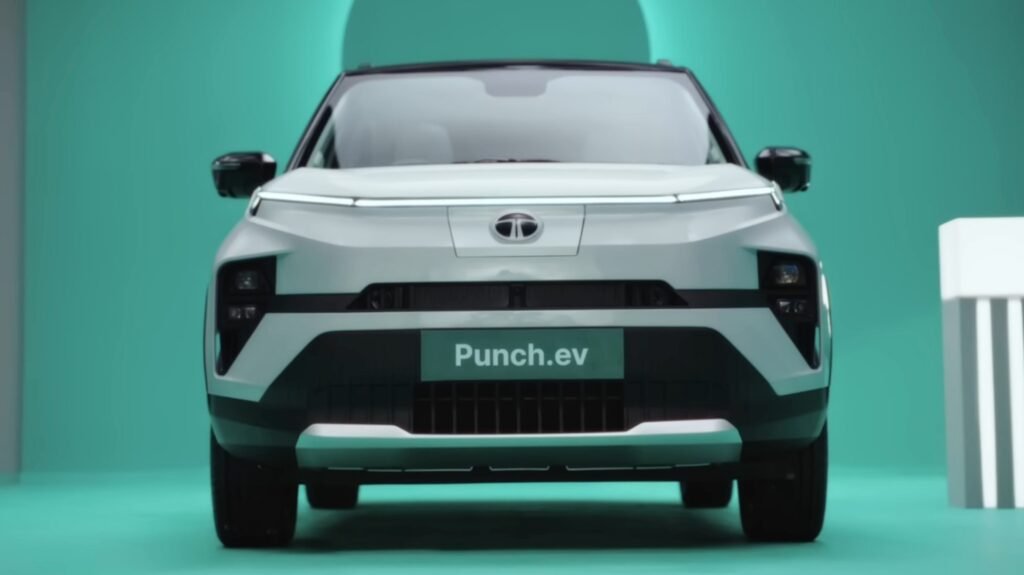

This is crucial because Tata has been leading the way in India’s electric vehicle industry and has been able to develop all of its technologies and architecture locally, while its competitors like Mahindra rely on Volkswagen for imported technology.
The acronym Acti.ev represents Advanced Connected Tech-Intelligent Electric Vehicle. It is a framework for electric vehicles consisting of four layers: powertrain, chassis, electrical, and cloud architecture. Each layer is specifically designed to enhance the efficiency, performance, safety, and connectivity of electric vehicles utilizing this framework.
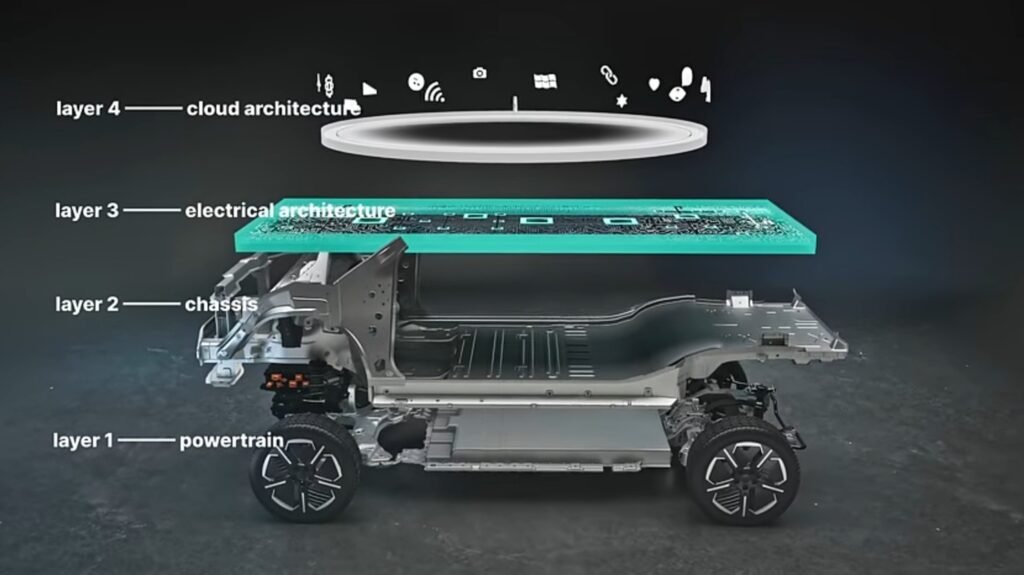
The powertrain layer includes the Electric Drive Unit (EDU), battery pack, and propulsion electronics. The battery pack is designed to increase energy density by 10% and provide a range of options from 300 km to 600 km.
The powertrain layer allows for different drive options such as AWD, RWD, and FWD. It also supports fast charging, with the ability to add 100 km of range in 10 minutes.
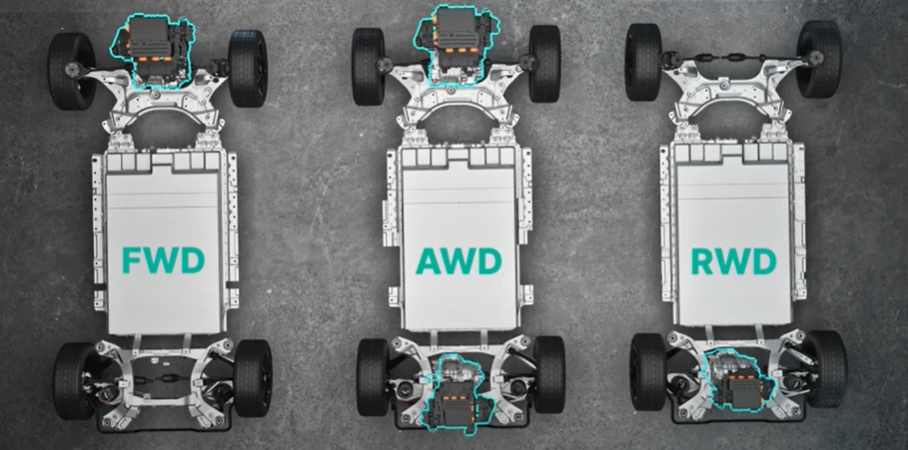
The chassis layer is designed to fit different body styles and sizes, while also maximizing cabin space through a flat floor and front trunk, resulting in improved space and comfort.
The electrical layer is designed to be flexible and powerful, with the ability to handle advanced driver assistance systems at level 2 and beyond. It is also prepared for future advancements in safety and navigation standards. Additionally, it is compatible with 5G technology for smooth and uninterrupted connectivity.
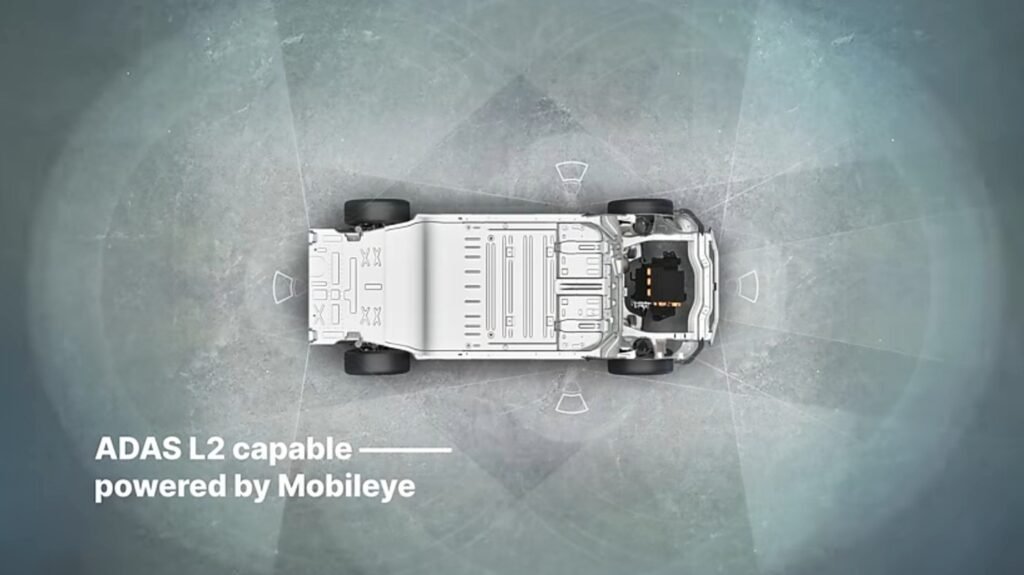
The cloud layer is a flexible and technologically advanced structure that improves user experience. It includes Arcade.ev, a collection of in-car apps with entertainment and utility functions. The cloud layer also allows for software and feature updates to be done remotely.
The acti.ev platform can be adjusted in size and specific details, allowing Tata to use it for manufacturing various electric vehicles like the Curve EV, Safari EV, and Harrier EV. This flexibility saves Tata from spending excessive money on customization and engineering while still being able to expand their electric vehicle production.
This is a PR Agency Feed; edited by Clean-Future Team






